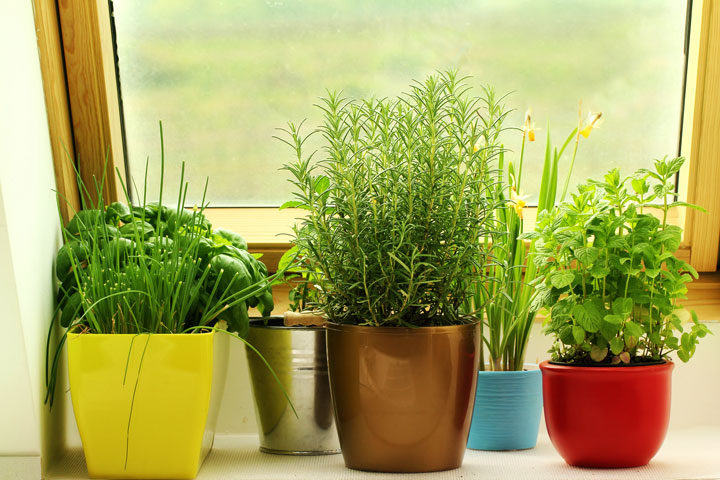
How to grow herbs indoors this winter
The abundant growing season may be over, but you can still exercise your green thumb and save on your grocery bill with an indoor herb garden.
Watching your garden-fresh herb supply go from healthy bunches to picked-over, withering stalks can be one of the most depressing parts of autumn. Sure, you can preserve them by drying or freezing them, or by whipping up (and freezing) a healthy herb pesto. But sometimes, there’s nothing like a few leaves of fresh basil or a sprig of mint to really liven up a pasta dish or cup of hot tea. The solution? Grow your herbs indoors for the winter!
Re-pot your outdoor herbs
In most cases, growing herbs indoors is as easy as digging up the roots of your garden herbs and putting them in a pot you can set on a sunny windowsill for the duration of the winter. You’ll not only get fresh herbs in the cold season, but you’ll also save money in the spring: Rather than buying a new herb seedling from a nursery, you can just replant your potted herbs back in the garden.
My rosemary thrives in pots that spend the summer outside and the winter in a sunny spare room that we don’t heat.
Lemon verbena is way too tender to live through my Pennsylvania winters, but tends to grow too big each summer to bring inside in the winter. So I cut the stems back to a few inches tall (drying the leaves that have been cut off), pot up the roots, and keep it in a cool room until the weather is warm enough to plant back in the ground the following spring.
Stevia can also be cut back and brought inside.
And it isn’t just tender herbs that are worth bringing in. Hardy perennial herbs may survive cold winters quite easily, but I don’t always want to go shovel snow to get to my herb patch for a few sprigs.
The onion-family herbs, chives and garlic chives, sprout dozens of tiny bulbs, about a quarter to a half-inch in size, in the soil. It’s easy to dig up a chunk of the soil that contains the tiny bulbs and pop the chunk into a small pot to put on the windowsill. You can use the soil straight out of the ground and fill in with regular potting soil once it’s in the pot.
Thyme, oregano, mint and sage often grow roots where a stem rests on the soil during the growing season — rather than growing straight up, some of the stems lean over, and the tiny portion that rests on the ground before the stem grows upward again sprouts new roots. Cut the stem that connects these new rooted stems to the main portion of the plant, dig up the new roots, and you have a new plant that can be potted and brought indoors.
Grow herbs in water
No access to potted or ready-to-be-potted plants? Never fear: The easiest way to bring living herbs into your kitchen is to put a few cut stems, a.k.a. “cuttings,” in water. You can use either stems cut from your own garden or some bought in a bunch from your local farmers market. Even the fresh herbs you buy in the produce section of the supermarket can be fresh enough to thrive and grow for weeks or months in a jar of water. (This technique is also good for turning many types of outdoor plants into instant houseplants to perk up your winter digs.)
Basil, mints, pineapple sage, oregano, sage, stevia, thyme, lemon balm, and many other herb cuttings will thrive in a jar of water on your windowsill for months. The only herbs that don’t grow well in water are annual herbs, such as dill and cilantro, which live just long enough to flower and then go to seed.
To grow herb cuttings in water, select young, healthy, actively growing herbs with stems about six inches long. Cut them off the plant with a very sharp pair of scissors or pruners (for purchased herbs, cut off the bottom of the stem to leave a fresh, clean cut). Strip off all of the leaves from the lower two-thirds of the stem (saving them for cooking, too).
Fill a clean jar that is deep enough to cover the stripped portion of the cuttings with water. Avoid distilled water, as it doesn’t have the traces of minerals your growing plants will need. Add water as needed to keep the water level in the jar up. Once roots form, the water will usually stay pretty clean. Put the jar in a sunny, warm place, keeping an eye out for roots. Once roots appear, you’ll start to see new growth on the shoots. Harvest individual leaves, or cut off the shoot tips as needed (they will regrow below the cut). If you don’t see any roots within a couple of weeks, toss out any cuttings that are rotting (or use willow water, below). Hey, it happens to the best of us sometimes.
Bonus tip: Willow twigs contain high concentrations of rooting hormones, which can help revive cuttings that aren’t growing roots. These same hormones are sold at nurseries, but you can get them for free by strolling through a local park or your back yard. All you need is a couple of feet of living willow twigs. Cut them up into short lengths, cover the bits with boiling water, and let them steep overnight. The next morning, strain out the twig bits and use the “willow water” instead of plain water in the jar with your recalcitrant cuttings.

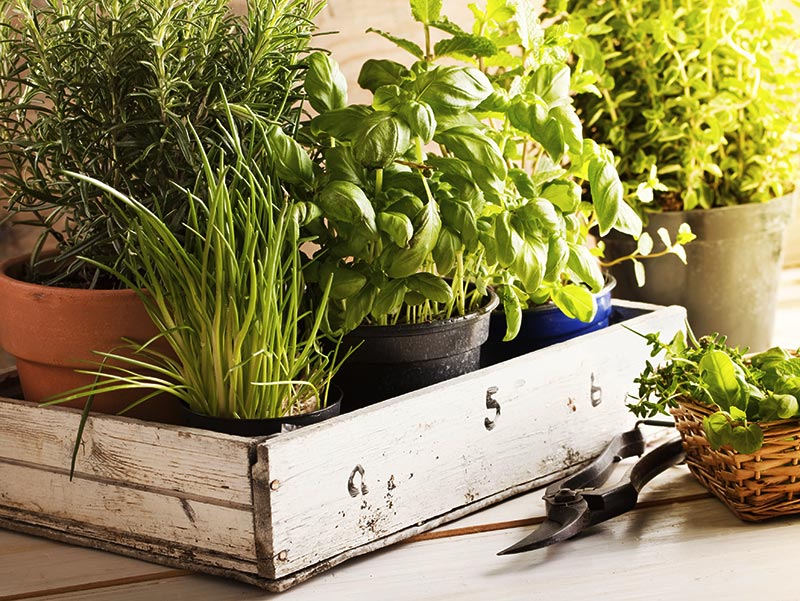
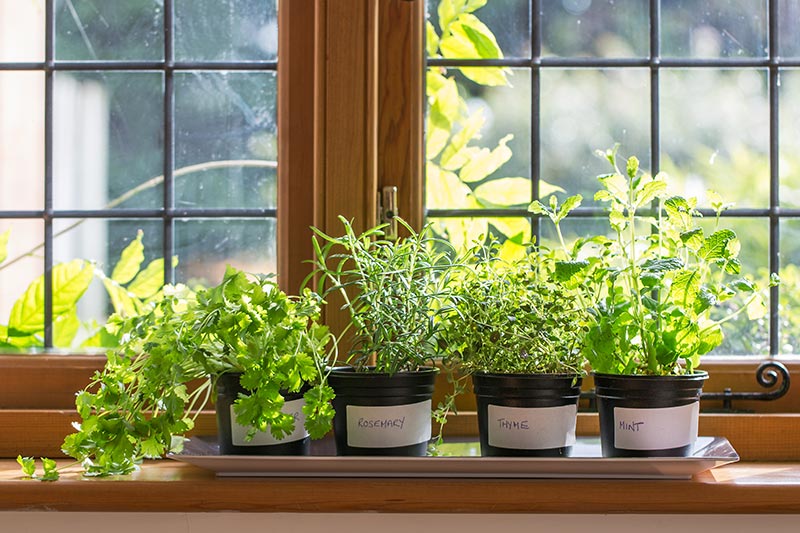

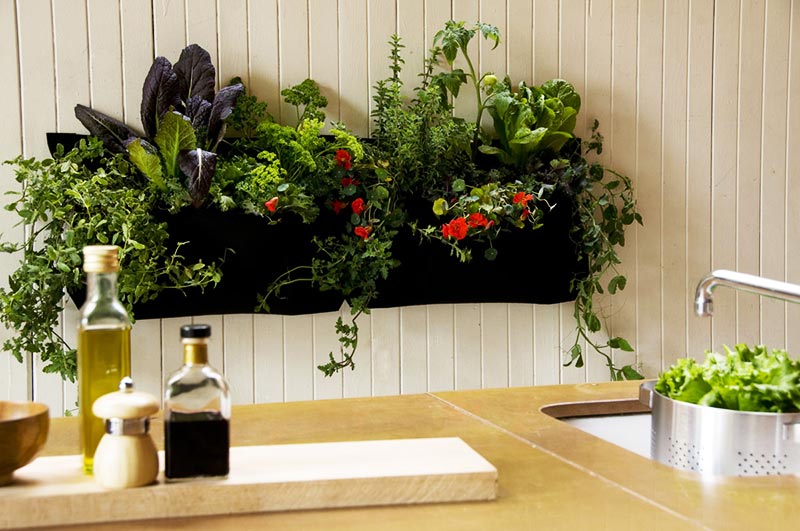
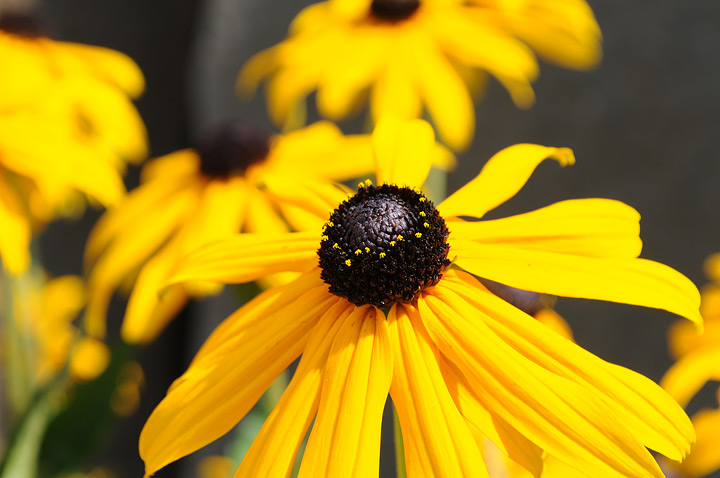
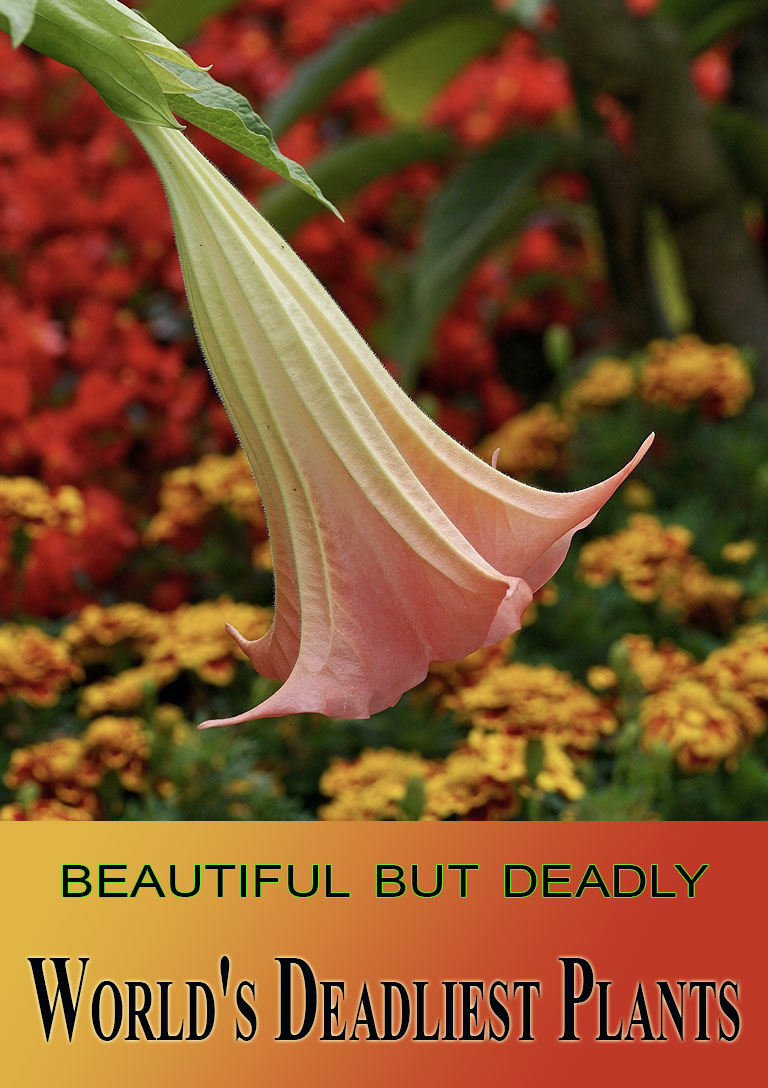
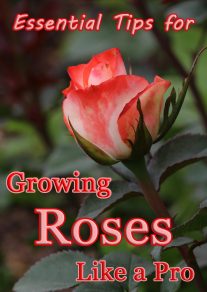
Leave a Reply